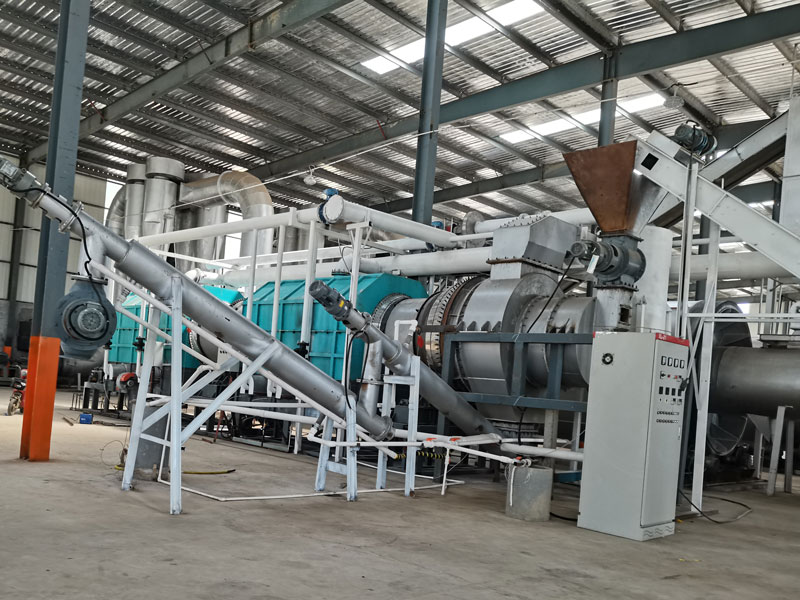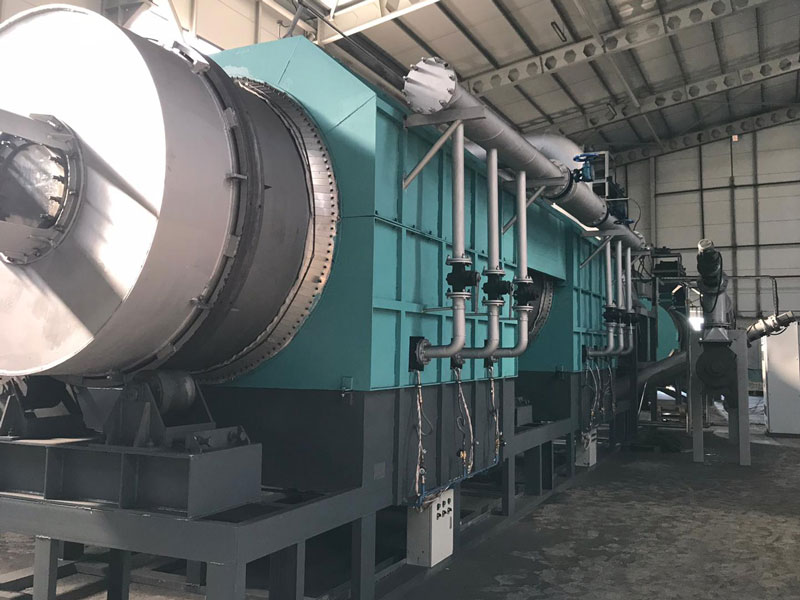Biomass pyrolysis is a promising technology for converting renewable biomass resources into valuable biofuels and chemicals. However, the efficiency and energy conversion rate of biomass pyrolysis equipment play a crucial role in determining the overall viability and sustainability of this process. Here we will explore various strategies to enhance the efficiency and energy conversion rate of biomass pyrolysis equipment.

Understanding Biomass Pyrolysis
Biomass pyrolysis is a thermochemical process that involves the decomposition of biomass at high temperatures in the absence of oxygen. This biomass pyrolysis plant produces three main products: biochar, bio-oil, and syngas. Maximizing the energy conversion rate and efficiency of this process is essential for achieving economic feasibility and minimizing environmental impacts.
Strategies for Improvement
1. Feedstock Selection and Preparation: Choosing the right type of biomass feedstock is a critical first step. Feedstocks with high energy content, low moisture content, and consistent properties are ideal for efficient pyrolysis. Proper feedstock preparation through drying and size reduction can lead to more uniform heating and better conversion rates.
2. Pyrolysis Process Optimization: Optimizing the pyrolysis process parameters, such as temperature, heating rate, and residence time, can significantly enhance the yield of desirable products. Higher temperatures and shorter residence times often result in increased bio-oil production, while lower temperatures promote higher biochar quality. Finding the right balance between these factors is essential.
3. Reactor Design and Engineering: The design of the biochar machine greatly influences the efficiency of the process. Innovations in reactor design, such as fluidized bed reactors, rotary kilns, and entrained flow reactors, have shown improvements in heat transfer and product yield. Efficient heat transfer mechanisms can lead to more uniform temperature distribution and higher conversion rates.
4. Catalysts and Additives: The addition of catalysts or additives can enhance the pyrolysis process by lowering the reaction temperature, reducing tar formation, and increasing bio-oil quality. Catalysts like zeolites, metal oxides, and biochar-derived catalysts have shown potential in improving energy conversion rates and product yields.
5. Heat Recovery Systems: A significant portion of the energy input in biomass pyrolysis is used for heating the biomass feedstock. Integrating heat recovery systems, such as heat exchangers and cogeneration units, can capture and utilize excess heat for other process needs or electricity generation, thereby improving overall energy efficiency of the wood charcoal making machine.

6. Synergistic Technologies: Integrating biomass pyrolysis with other technologies, such as gasification and anaerobic digestion, can create synergistic effects that enhance overall energy conversion rates and product yields. For example, using the syngas produced from biomass pyrolysis as a feedstock for gasification can lead to higher energy recovery.
7. Process Monitoring and Control: Implementing advanced process monitoring and control systems helps optimize pyrolysis parameters in real-time. Sensors and data analytics can provide insights into the pyrolysis process, enabling adjustments to be made for maximizing efficiency and energy conversion rates.
More information can obtained by visiting BESTON GROUP CO., LTD.